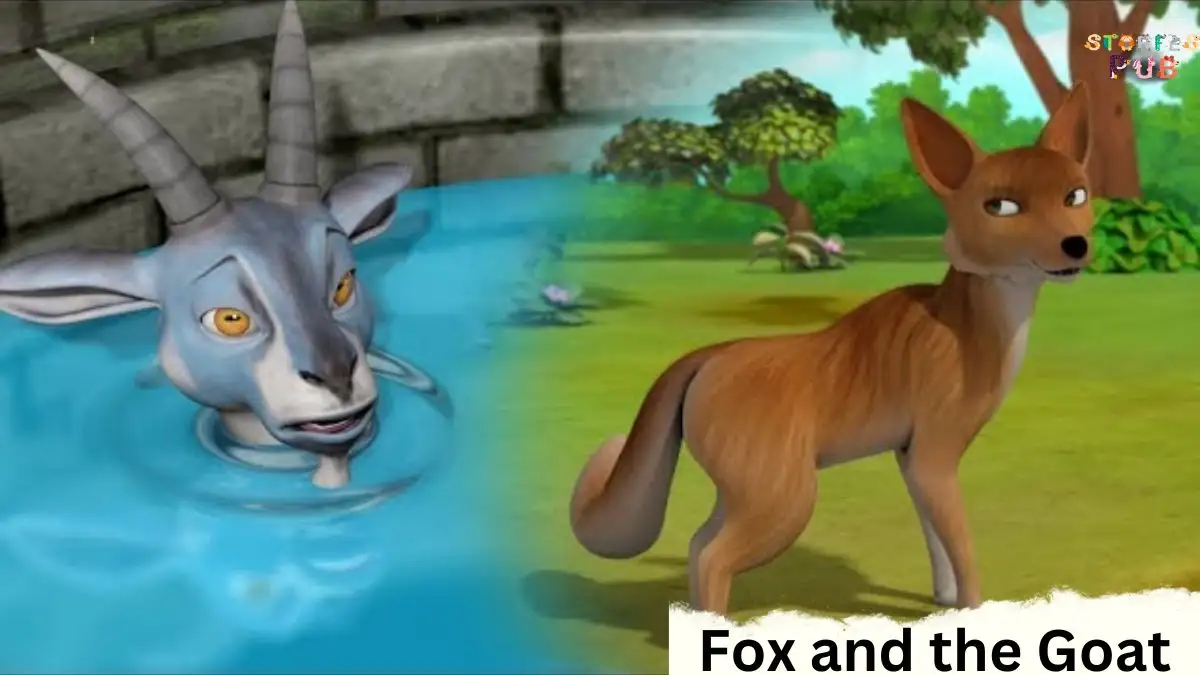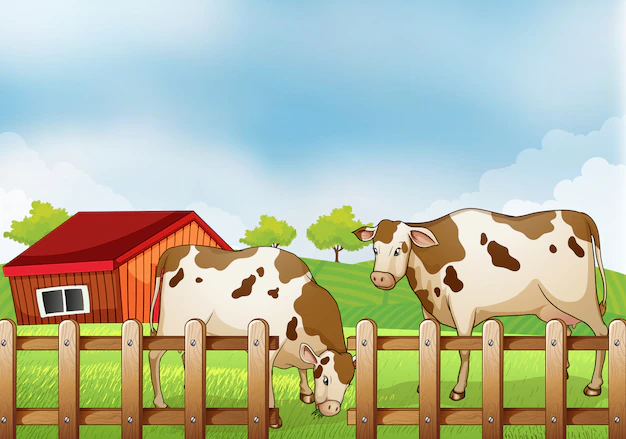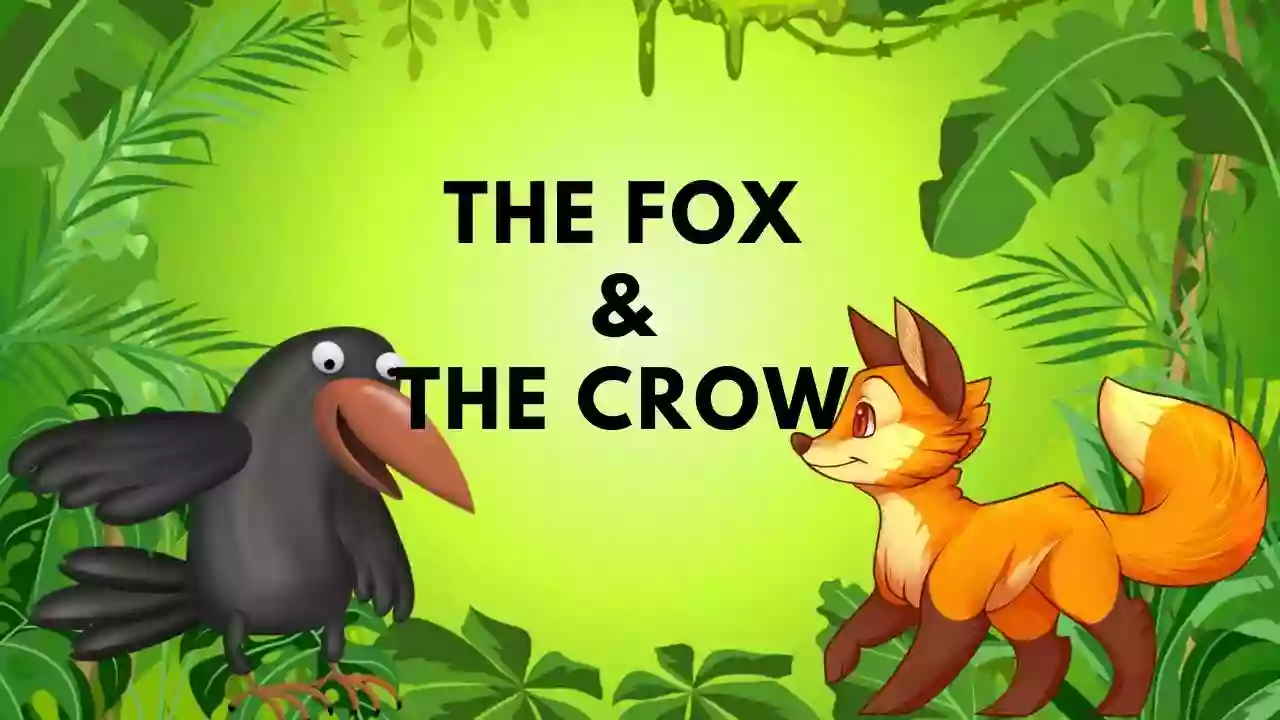Summarize this Article with:
What is the OTT Full Form, How Does It Works, and Famous OTT Platforms

Over-the-top media service (OTT) is the delivery of audio, video, and other media over the internet without the involvement of a multiple-system operator in the control or distribution of the content. In other words, OTT bypasses traditional cable and satellite television platforms. It has become increasingly popular in recent years with the rise of streaming services such as Netflix, Hulu, Disney+, and more.
What is the full form of OTT?
OTT stands for “over the top.” It is a type of audio and video content delivery that does not require a traditional cable or satellite subscription. Instead, you can access OTT content through the internet.
Many different OTT platforms are available, each with its own content selection. Some of the most popular OTT platforms include Netflix, Hulu, Amazon Prime Video, and Disney+.
OTT content is usually cheaper than traditional cable or satellite subscriptions, and it is often more convenient since you can watch it on your schedule. Plus, with no contract required, you can cancel your OTT subscription anytime.
OTT is worth considering if you are looking for an alternative to traditional TV. With so many different platforms and providers to choose from, there is sure to be an OTT option that’s perfect for you.
What is OTT?
OTT is a type of media service that delivers content over the internet without the need for a traditional cable or satellite TV subscription.
OTT platforms like Netflix, Hulu, and Amazon Prime Video offer an alternative to traditional cable TV by allowing users to watch their favorite shows and movies without a contract or monthly fee.
While OTT platforms are not new, they have become increasingly popular in recent years as more and more people are cutting the cord and ditching their expensive cable TV packages.
If you are thinking about cutting the cord, you should definitely check out some of the popular OTT platforms available.

How does it work?
OTT, or Over the Top, refers to delivering content via the internet without needing a traditional cable or satellite TV subscription. Services like Netflix, Hulu, and Amazon Video are all examples of OTT providers.
OTT platforms work by streaming content directly to your devices via the internet. This means you can watch your favorite shows and movies without a standard TV package, and all you need is a strong internet connection and a compatible device.
There are many different OTT platforms available, each with its own selection of content. Some of the most popular include Netflix, Hulu, Amazon Video, and HBO Now.
Which is better, OTT or DTH?
The debate of OTT vs. DTH has been ongoing for some time now. Both have pros and cons, so it depends on what you are looking for in a service. If you want the best possible picture quality and selection of channels, then DTH is probably your best bet. However, OTT might be the way to go if you are more concerned with convenience and saving money.
Here is a quick breakdown of the main differences between OTT and DTH:
Picture Quality: DTH wins hands down when it comes to picture quality. The signals are more robust, and there is less compression, so you get a much better image.
Selection of Channels: OTT services have come a long way in recent years, but they still can not match the selection of channels that you get with DTH. There are simply more channels available on DTH.
Convenience: This is where OTT really shines. You can watch on your phone, tablet, laptop, or any other device with an internet connection, and you do not need a separate box as you do with DTH.
Price: OTT services are typically much cheaper than DTH, especially if you are only interested in a few channels.
So, which is better? It really depends on your individual needs and preferences.
What are some famous OTT platforms?
Many OTT platforms are available, but some of the more famous ones include Netflix, Hulu, Amazon Prime Video, Hotstar, Zee5, and HBO Now. Each of these platforms offers a variety of content that can be streamed online.
Pros and Cons of OTT Platform
There are many OTT platforms available that offer a variety of content choices for viewers. However, with so many options, it can be hard to decide which one is right for you. Here are some pros and cons of using an OTT platform:
Pros:
-You can watch what you want and when you want.
-There is a wide range of content available on most platforms.
-You can usually find old or niche shows that you cannot find on traditional TV.
-Most platforms have a monthly subscription fee that is cheaper than cable TV.
Cons:
-The quality of streaming can sometimes be poor.
-You may have to wait for new episodes of popular shows to be released on the platform.
-Not all platforms have the same selection of content.
Conclusion
OTT platforms are convenient and often cheaper than traditional cable or satellite packages. However, they have some limitations, such as a smaller selection of channels/programs and occasional buffering issues. OTT is worth considering if you are looking for an alternative to traditional TV. With so many different platforms and providers to choose from, there is sure to be an OTT option that’s perfect for you.
Hey kids, how much did you like What is the OTT Full Form? Please share your view in the comment box. Also, please share this story with your friends on social media so they can also enjoy it, and for more such stories, please bookmark storiespub.com.














